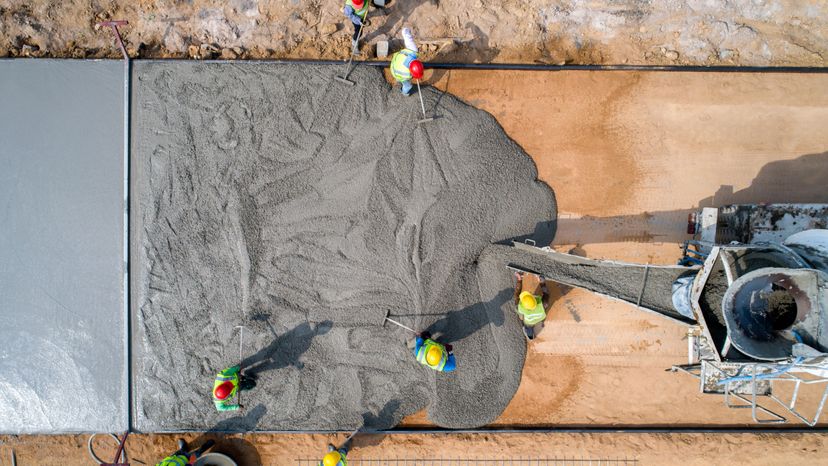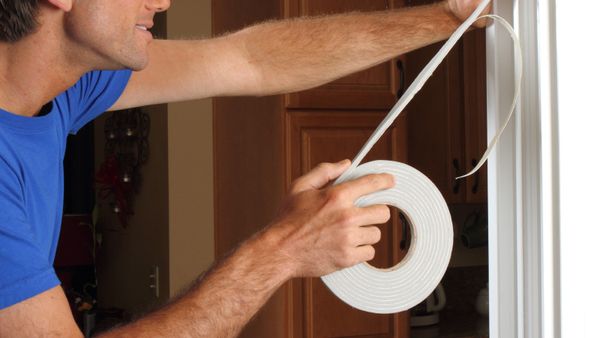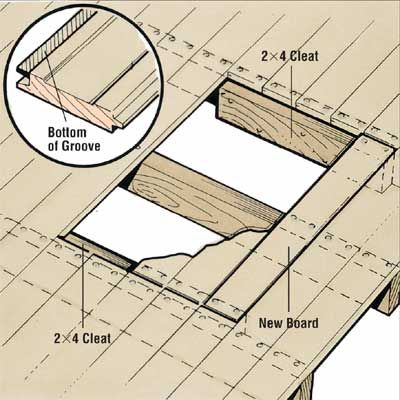
Key Takeaways
- Concrete expansion joints are materials placed between concrete slabs to absorb stress from temperature changes, preventing cracks.
- To replace old or damaged expansion joints, remove the old material, clean the joints, apply bonding adhesive, insert foam backer rod and seal them with self-leveling urethane sealant.
- It's essential to block off the area until the sealant dries to ensure the new expansion joints function correctly.
An expansion joint is a material placed in the cracks (or joints) between concrete slabs to protect the slabs from cracking when they contract and expand as the temperature changes. This material acts as a shock absorber, absorbing the stress from the slab's movement. After a while, the expansion joint can dry out and won't absorb the stress as well as it once did. That's when cracks appear in the concrete slabs. When this occurs, it's time to replace the expansion joints. Follow these instructions and you can do the job yourself.
- Sweep away any dirt and debris from the area.
- Dig out and remove all the old material that's in the joints with a putty knife. Flush out any remaining debris with a hose.
- With a wet-dry vacuum, clean out the joints between the slabs very well.
- Apply a bonding adhesive, usually epoxy, into the joints with a brush. This will help the new material to bond to the old concrete. Let the adhesive dry for about 10 to 15 minutes. Don't leave the adhesive for any longer than that because it should be sticky to touch, not completely dry.
- Insert foam backer rod. This will be your new shock absorber. Measure the amount of backer rod you need and cut off a piece that's the right size. Push the strip into the joint with a putty knife, making sure to push it in all the way.
- Cover and seal the joint. Apply a liberal layer of self-leveling urethane sealant. It's recommended to wear safety goggles and gloves when applying urethane sealant.
- Block off the area so nobody walks on the newly placed joints until the sealant has dried.
[sources: Realtor, Inspectapedia]
Advertisement
Advertisement


